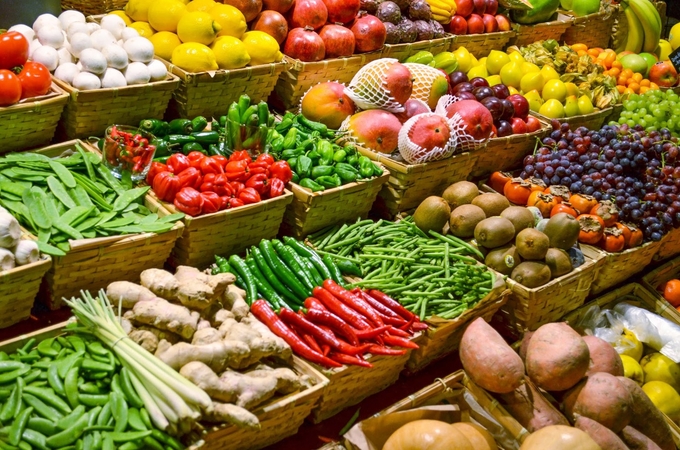November 27, 2025 | 10:30 GMT +7
November 27, 2025 | 10:30 GMT +7
Hotline: 0913.378.918
November 27, 2025 | 10:30 GMT +7
Hotline: 0913.378.918
In 2024, Vietnam’s export turnover for fruits and vegetables to Australia surpassed USD 111 million, marking a 25.9% year-on-year increase. Seafood exports exceeded USD 343 million, up 9%, while coffee exports surged by 48.3%. Rice exports rose by 17%, confectionery by 23%, and rubber by 17%, demonstrating strong growth across various sectors.
Beyond these key commodities, the Vietnam Trade Office has also focused on expanding the market for high-potential yet traditionally challenging products. Notably, Australia has now approved the import of fresh chicken from Vietnam. Capitalizing on this breakthrough, the Trade Office, in collaboration with M-Import and major supermarket chains, successfully introduced 15,000 processed black chickens to the market during the 2024 "Vietnamese Products Promotion Week" in Western Australia and Queensland.

In 2024, Vietnam’s export turnover for fruits and vegetables to Australia surpassed USD 111 million, marking a 25.9% year-on-year increase.
Vietnamese agricultural, fishery, and food products are increasingly present across Australian retail networks. The Trade Office continues to support businesses in penetrating new product segments, such as Ca Mau crab, which has demonstrated superior quality compared to Australia's native mud crab. Australian mud crabs, though expensive, are often less meaty and contain less crab fat. With standardized processing and packaging, Ca Mau crab has strong potential to become a high-value export product.
As inflation in Australia remains persistently high, the cost of goods has escalated, reaching its highest level in three months. By August 2024, the inflation rate had climbed to 3.3%, up from 2.7% in December 2024. Notably, fruit prices experienced a sharp increase of 12.3%. In light of these market conditions, the Vietnam Trade Office has urged domestic enterprises to accelerate the export of food, agricultural products, and fresh fruits from early 2025 to capitalize on rising demand.
To enhance export efficiency, the Trade Office has recommended that Vietnamese enterprises actively participate in international trade fairs in Australia and maintain close communication with the office to stay informed about market trends and trading opportunities. Additionally, businesses are encouraged to assign qualified representatives to engage directly with Australian partners, ensuring timely and effective responses to inquiries. A lack of prompt communication from Vietnamese firms has, in some cases, resulted in missed opportunities and failed partnerships. By fostering stronger connections and proactive engagement, Vietnam can further expand its footprint in the Australian market and solidify its reputation as a reliable supplier of high-quality agricultural products.
Translated by Linh Linh

(VAN) China’s cooking oil is suddenly flooding into India. It all comes down to a soybean surplus that Beijing doesn’t quite know what to do with.

(VAN) An Giang promotes supply-demand connections, standardizes quality and builds value chains, creating a foundation for sustainable bird’s nest development and aiming to expand exports.
/2025/11/24/5339-4-nongnghiep-075331.jpg)
(VAN) Recently, the conference on 'Sustainable Fisheries Linkage Chain - Tilapia for Export' took place in Tien Hai commune, Hung Yen province.
/2025/11/21/4309-2-153400_128.jpg)
(VAN) Green and low-emission rice is paving the way for Vietnamese rice to enter high-end markets, marking the beginning of a transformation journey toward greening and elevating the national rice brand.

(VAN) ‘Right to Win’ outlines a national action plan that shapes a new vision for Viet Nam’s agriculture in an era of renewal and global integration.

(VAN) Lam Dong’s farmed sturgeon output this year is expected to reach 2,300 tons, worth VND 450 billion, affirming the brand’s position on the market.

(VAN) A surge in Ukrainian egg exports, largely driven by soaring sales to the UK over the last few years, has notably pushed up egg prices on the domestic market.